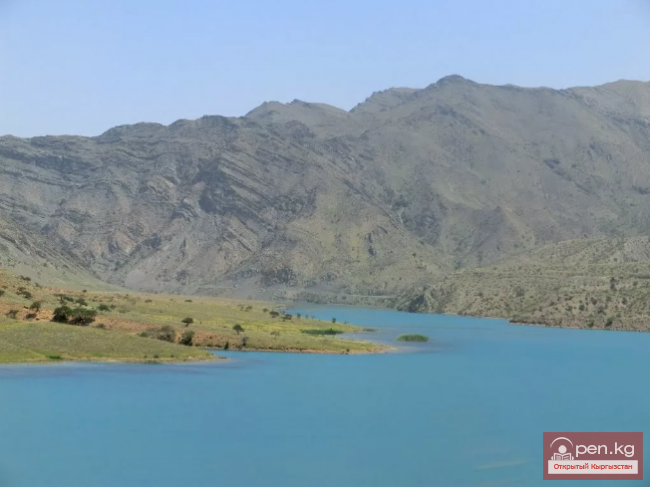
Let's start with the Chon-Kemin River. It is the main tributary of the Chu River, originating in the Inner Tien Shan, flowing through the Boom Gorge into the Chui Valley, and disappearing into the sands of Kazakhstan. The Chon-Kemin is born from the glaciers of the Kungey-Tuu and Zaalai Alatau ranges, flowing over a hundred kilometers between these ranges to the west, and merging with the Chu before entering the Chui Valley.
The river is predominantly home to the Amudarya Trout (Salmo trutta oxianus Kessler). Occasionally, a hybrid of Amudarya and Issyk-Kul Trout (Salmo issyko-gegarkuni Lushin) is caught, which made its way from the Orto-Tokoy Reservoir through the Chu River to the Chon-Kemin. The maximum weight of the trout can reach 5 kg. There are also quite large specimens (up to 1 kg) of the Issyk-Kul (Diptychus dybowskii Kessler) and Chui Naked Osman (Diptychus dybowskii bergianus Turdakov), which were abundant in the river before the trout were introduced here in the 1980s. The fish primarily feed on aquatic insects and their larvae. In the spring and summer, their diet also includes earthworms and aerial insects: flies, butterflies, grasshoppers, and beetles. Besides insects, trout actively hunt for small fish, making them readily catchable on lures or bait.
Fishing for trout here with lures requires a certain skill from the angler, as the riverbed is strewn with rocks, and thorny bushes and trees grow along the banks. A simpler and more reliable method is fishing with a bottom or float rod, which allows for fairly accurate casting, covering quiet spots behind rocks and in shallow water on the opposite bank. In open areas, fly fishing is possible. The most preferred bait is the larva of the mayfly in its aquatic phase of development. In spring, these larvae can be easily found in the shallow coastal zone or under the rocks protruding from the water.
A characteristic feature of fishing on the Chon-Kemin in summer is its dependence on daily water fluctuations. During this time, bites are most frequent in the morning hours when the water level is relatively low. After noon, when the water begins to rise sharply and becomes murky, the bites decrease. In spring and autumn, water level fluctuations are minimal, and transparency is high. Fish bite better in the morning and evening. During the day, bites are most likely in dark, deep spots and under large rocks. There have been instances of good bites in shallow pools in the afternoon when the lighting in the gorge decreases somewhat.














































